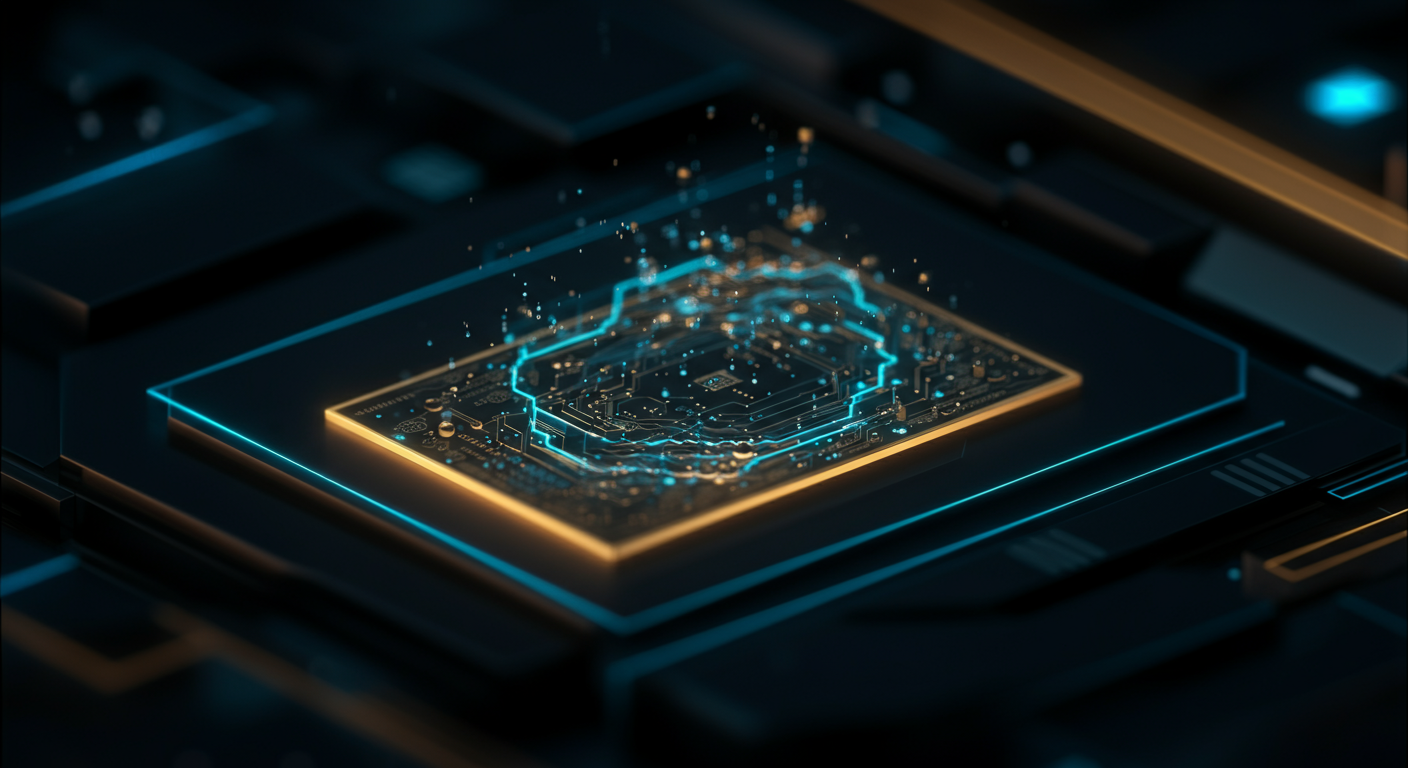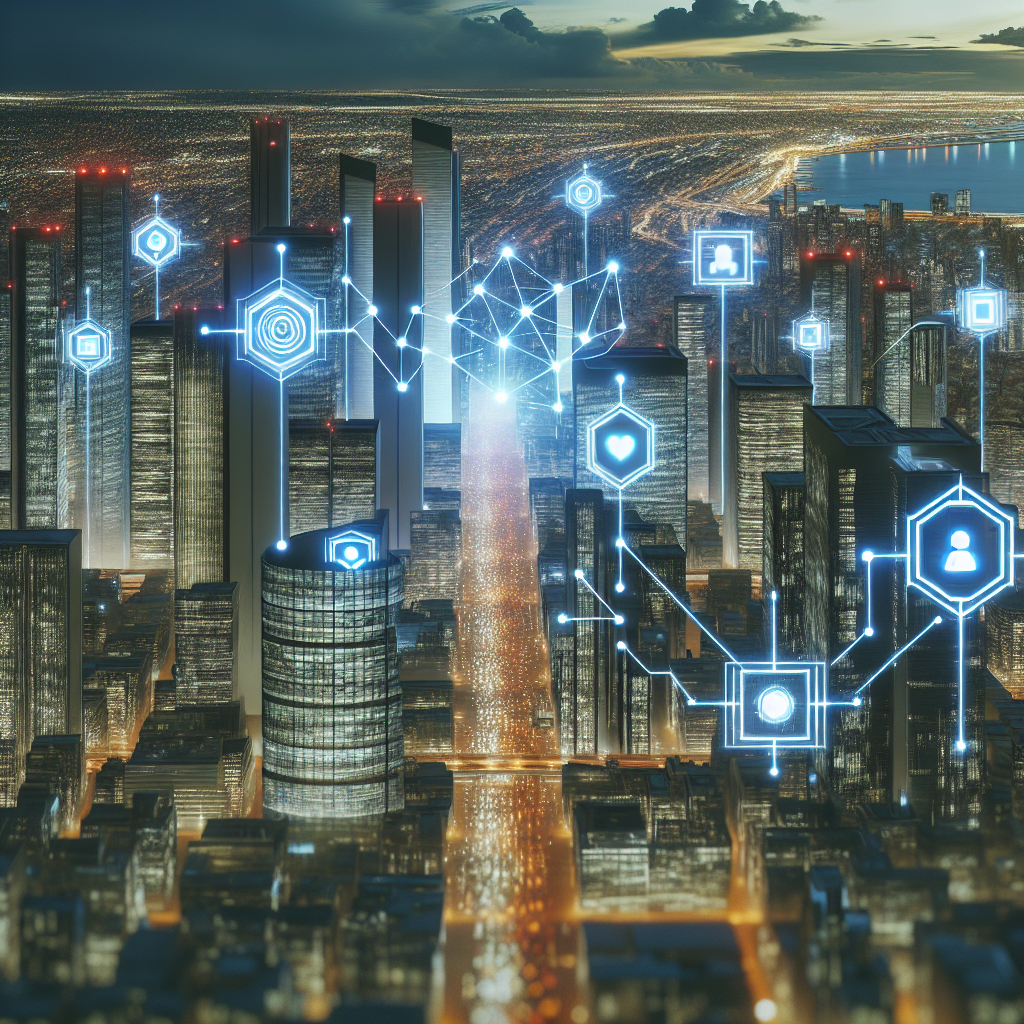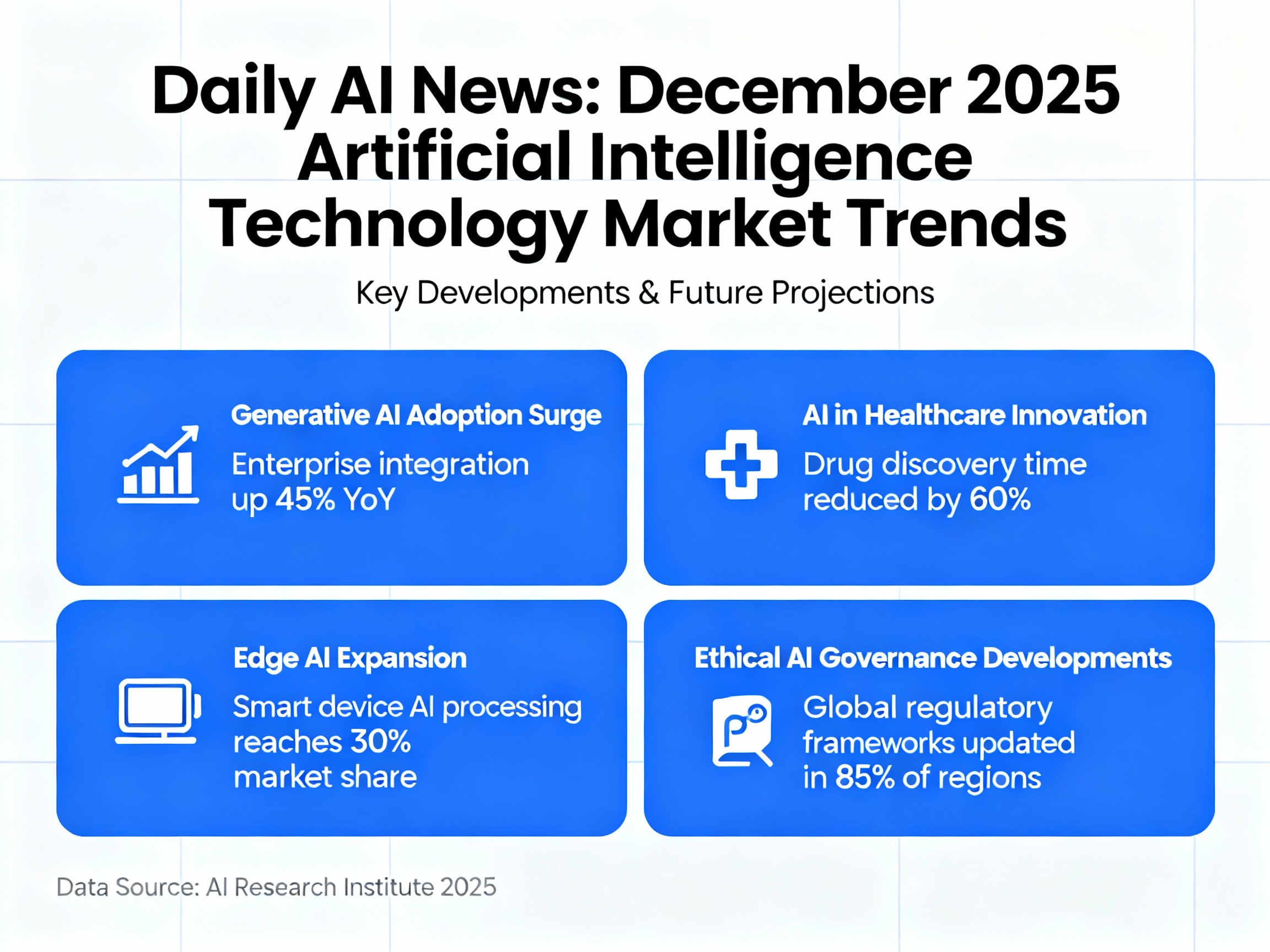AI in 2025: Cybersecurity Copilots, Open-Source Science, and the $250M Talent War Daily News 18. AUG 2025

As AI increasingly defends against cyber threats like deepfakes, companies are deploying real-time AI copilots to reduce alert fatigue and automate investigations, offering a key benefit of improved security and efficiency. CISOs should prioritize robust data governance to ensure responsible and effective use of AI in protecting their digital assets, which is crucial given the rise of sophisticated AI attacks.
AI's Rise in Cybersecurity: Copilots Defend Against Deepfake Attacks
Imagine a world where AI isn't just creating content, but actively defending against sophisticated cyber threats – that's the reality we're rapidly approaching in 2025.
AI Copilots: The New Guardians of the Network
Forget static firewalls and reactive threat responses. Today, AI copilots are deployed in real-time security operations, acting as vigilant partners to human analysts. These aren't just simple alert systems; they're intelligent agents capable of learning, adapting, and proactively hunting down threats. Think of them as the Iron Man's Jarvis, but for your company's network. They continuously monitor network traffic, user behavior, and system logs, identifying anomalies that would easily slip past traditional security measures.
Taming the Alert Storm
One of the biggest challenges facing Security Operations Centers (SOCs) is alert fatigue. Analysts are bombarded with thousands of alerts daily, many of which are false positives. This not only wastes valuable time but also increases the risk of genuine threats being missed. AI is stepping in to solve this problem, with reports indicating that AI can reduce alert volumes by a staggering 50%. By intelligently triaging alerts and filtering out the noise, AI allows analysts to focus on the most critical incidents, dramatically improving their efficiency and effectiveness. This is where tools like Grok, with its reasoning capabilities, can be leveraged to understand the context of alerts better and prioritize them accordingly.
AI-Powered Network Diagnostics and Remediation
Beyond just identifying threats, AI is also assisting in tracing complex network issues. When a problem arises, AI can analyze network traffic patterns, identify bottlenecks, and pinpoint the root cause of the issue in record time. But it doesn't stop there. AI can also recommend specific changes to network configurations or security policies to prevent similar issues from recurring in the future. This proactive approach to network management is a game-changer, allowing organizations to maintain optimal performance and security posture. You could even use a tool like n8n, the AI-powered workflow automation platform, to automate the implementation of these recommended changes.
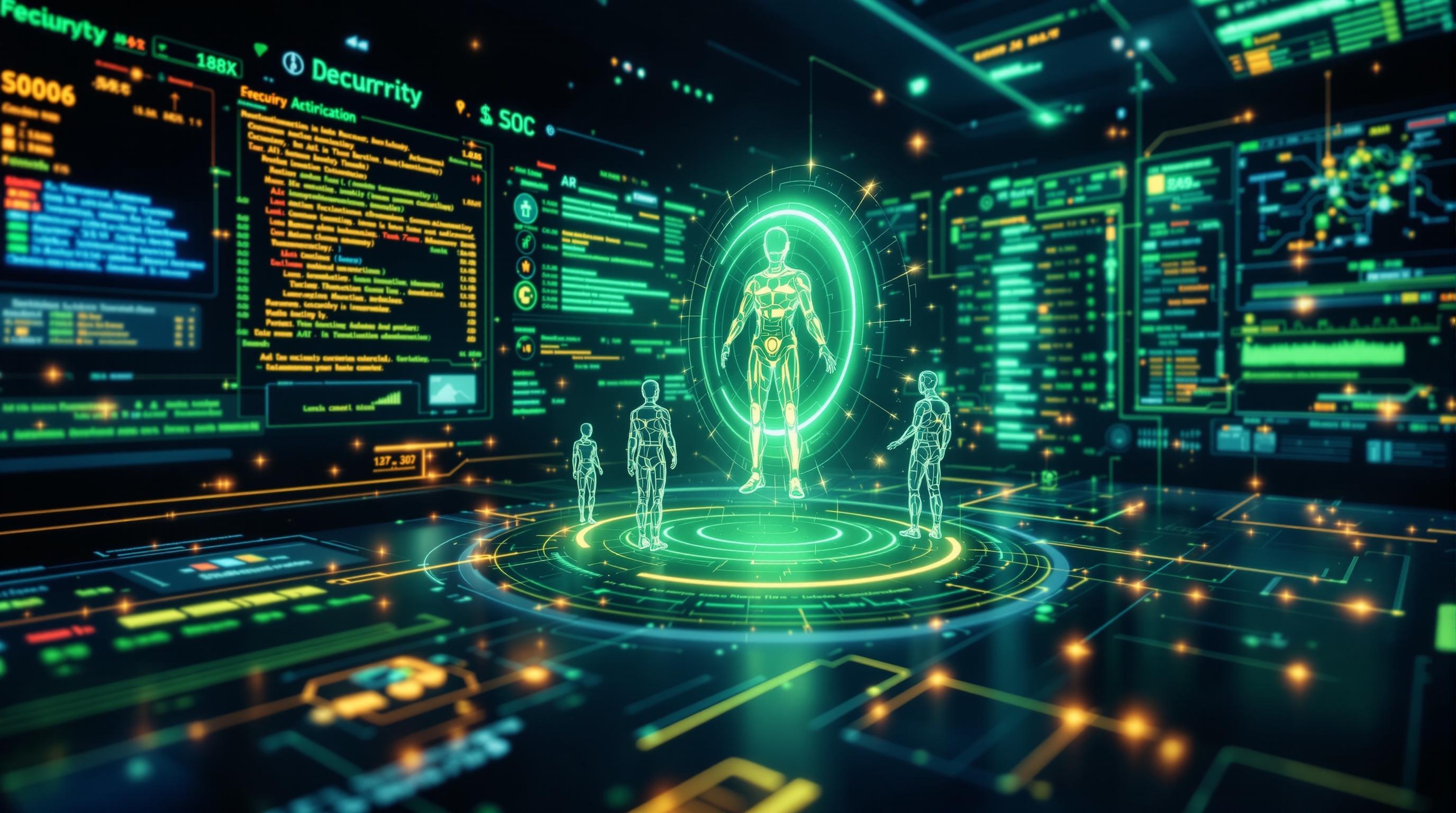
Cost Savings in Compliance
Staying compliant with ever-evolving regulations is a significant expense for many organizations. AI can automate many of the tasks associated with compliance, such as data auditing, access control monitoring, and report generation. This not only saves time and resources but also reduces the risk of human error, which can lead to costly fines and penalties. By leveraging AI for compliance, organizations can significantly reduce their reliance on expensive compliance consultants. You can find various AI tools for business on the Top 100 AI Tools page.
Automating Investigations and Streamlining Tasks
AI copilots are also proving invaluable in automating routine tasks and assisting with security investigations. They can automatically collect and analyze data from various sources, identify patterns and relationships, and generate reports that summarize the key findings. This frees up human analysts to focus on more complex and strategic tasks, such as developing new security strategies and responding to emerging threats. Imagine using a tool like ChatGPT to summarize lengthy investigation reports or generate potential attack scenarios based on the available data.
The Data Governance Imperative
While the benefits of AI in cybersecurity are undeniable, CISOs need to be acutely aware of the importance of data governance. AI models are only as good as the data they're trained on, so it's crucial to ensure that the data used to train these models is accurate, complete, and unbiased. Furthermore, organizations need to establish clear policies and procedures for how AI is used in security operations, to prevent unintended consequences or misuse. As AI becomes more deeply integrated into cybersecurity, robust data governance will be essential for ensuring that these technologies are used responsibly and effectively. Stay up-to-date with the latest trends and challenges in AI by regularly reading AI News.
AI's rise in cybersecurity is transforming the landscape, offering powerful new tools to defend against increasingly sophisticated attacks. However, this transformation requires careful consideration of data governance and ethical implications to ensure that AI is used responsibly and effectively in protecting our digital world.
$152M Investment: Democratizing AI for Scientific Breakthroughs with Open-Source Models
Imagine a world where scientific breakthroughs aren't locked behind paywalls or proprietary algorithms, but are freely accessible to researchers everywhere. That's the vision driving a massive $152 million investment from the National Science Foundation (NSF), NVIDIA, and the Allen Institute for AI (Ai2) into open-source AI models.
Accelerating Scientific Discovery
This isn't just about throwing money at AI; it's about strategically democratizing access to powerful tools that can accelerate the pace of scientific discovery. The primary focus? Tackling some of humanity's biggest challenges through breakthroughs in material discovery and protein function prediction. Think new materials for sustainable energy, or groundbreaking insights into fighting disease. By developing AI models that can sift through vast datasets and identify promising candidates, researchers can dramatically reduce the time and resources needed to make these crucial advancements. Just as Hugging Face, a community and platform with the goal to democratize good machine learning, has done for general AI, this project seeks to do for the scientific community.
Democratization of AI for Researchers and Universities
The beauty of this investment lies in its commitment to open-source principles. By making these AI models freely available, the NSF, NVIDIA, and Ai2 are leveling the playing field for universities and research institutions, especially those with limited resources. No longer will access to cutting-edge AI be a barrier to entry. Small colleges, underfunded labs, and researchers in developing countries will have the same opportunities to contribute to scientific progress as their well-funded counterparts. It's about unlocking the collective intelligence of the global scientific community. This initiative is a game-changer, allowing wider participation and collaboration, which are essential for accelerating the often slow-paced world of scientific research. It means more minds tackling complex problems, more data being analyzed, and ultimately, faster breakthroughs.
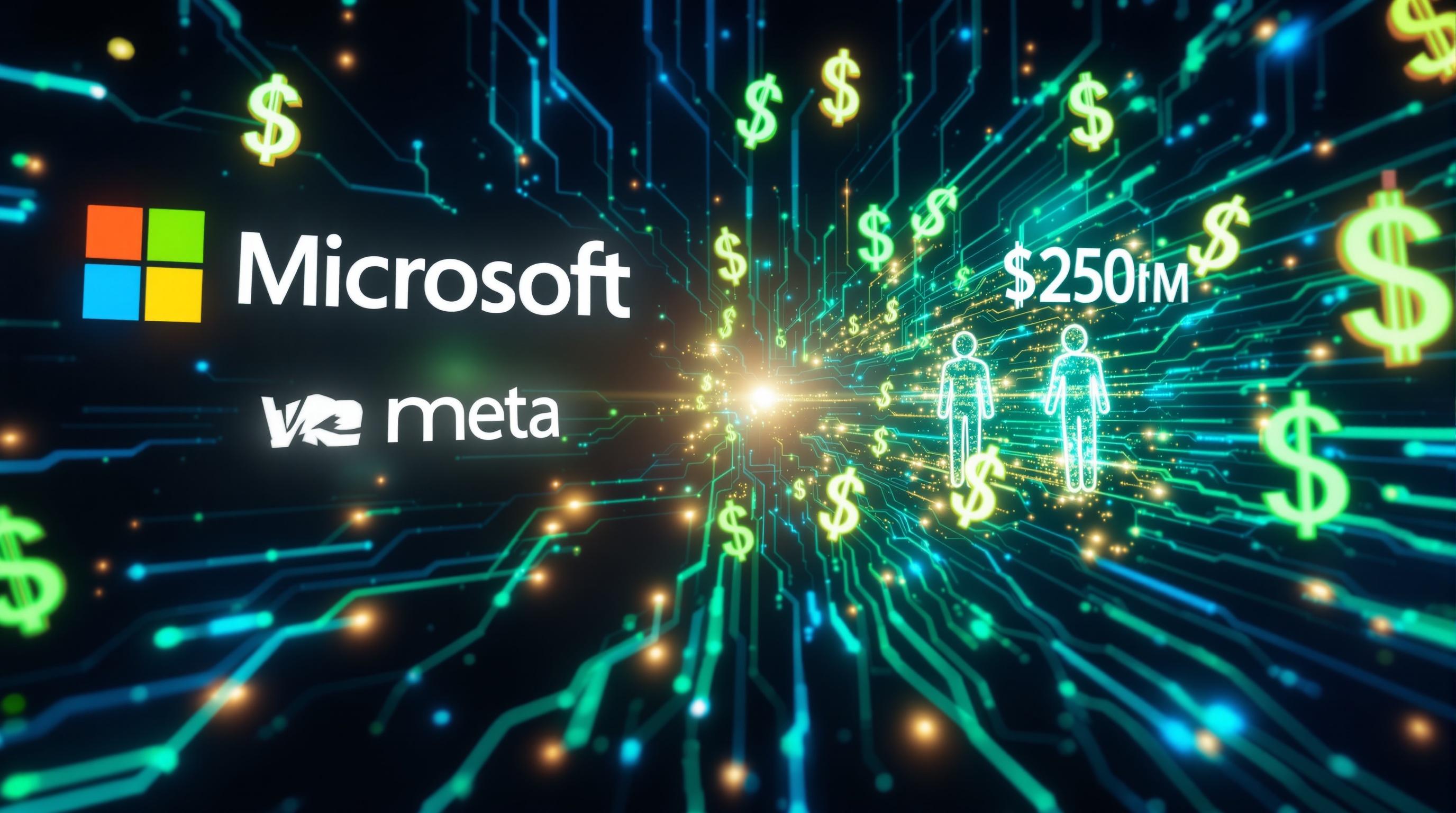
Supporting the White House AI Action Plan
This initiative doesn't exist in a vacuum. It directly supports the White House's AI Action Plan, a comprehensive strategy to ensure American leadership in the age of artificial intelligence. The plan recognizes that AI is not just a technological revolution, but also a strategic imperative. By fostering innovation, promoting responsible development, and ensuring equitable access, the US government aims to harness the full potential of AI for the benefit of all Americans. This $152 million investment is a concrete step towards achieving those goals, aligning research efforts with national priorities. It is important to note that there are many sides to this, and you can stay up to date using the AI News section to stay informed.
Securing American Leadership in Open AI
In a world where AI is increasingly becoming a geopolitical battleground, this investment sends a clear message: the United States is committed to leading the way in open AI development. This initiative will enhance the U.S.'s ability to set global standards, attract top talent, and foster a vibrant ecosystem of AI innovation. By embracing open-source principles, the US can build trust, encourage collaboration, and ensure that AI benefits all of humanity, not just a select few. This approach contrasts sharply with more closed, centrally controlled AI development models, positioning the US as a champion of transparency, accessibility, and shared progress. As companies and organizations grapple with these shifts, it is important to understand AI Fundamentals to navigate the changing landscape.
Ultimately, this $152 million investment isn't just about AI models; it's about empowering scientists, democratizing knowledge, and securing America's leadership in a rapidly evolving technological landscape. It's a bold step towards a future where AI is a force for scientific good, driving breakthroughs that benefit all of humanity.
AI Revolutionizes Recruitment: Automation, Bias Reduction, and Talent Matching
Forget the days of endless resume stacks and gut-feeling hires; by 2025, artificial intelligence (AI) has fundamentally reshaped the recruitment landscape, offering unprecedented efficiency and precision.
AI's Deep Dive into Recruitment
AI isn't just a shiny new toy in the HR department; it's deeply embedded in nearly every stage of the recruitment process. From sourcing candidates to initial screening and even predicting employee success, AI algorithms are transforming how companies find, evaluate, and onboard talent. This shift is driven by the sheer volume of data involved in modern recruitment and the need to make faster, more informed decisions. Think of it like this: a human recruiter can meticulously review a handful of resumes each day, while an AI can analyze thousands, identifying patterns and potential fits that would otherwise be missed. For example, you can analyze and compare the performance of available AI tools on websites such as best-ai-tools.org.
Automating Candidate Assessments and Resume Screening
One of the most significant impacts of AI in recruitment is the automation of candidate assessments and resume screening. AI-powered tools can analyze resumes for keywords, skills, and experience, quickly filtering out unqualified candidates and highlighting those who best match the job requirements. Imagine an AI sifting through hundreds of applications for a software engineering role, instantly identifying candidates with proficiency in Python, Java, and specific cloud platforms. This not only saves recruiters countless hours but also ensures that no potentially suitable candidate is overlooked due to human error or fatigue. Some companies are even using AI to create automated coding challenges and simulations to assess candidates' technical skills in a more objective and standardized way.
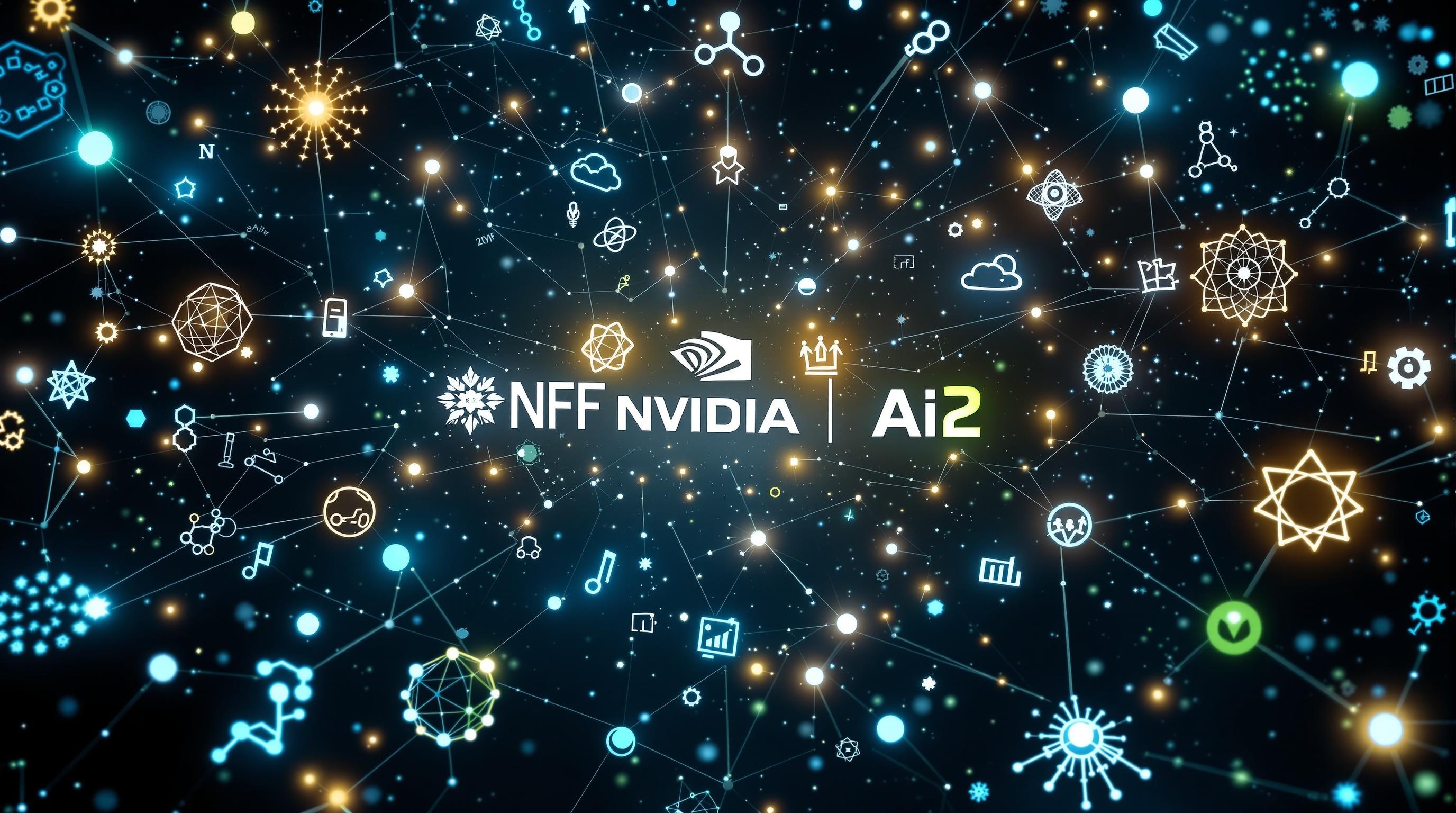
Reducing Unconscious Bias in Hiring
Beyond efficiency, AI offers the potential to significantly reduce unconscious bias in hiring decisions. Traditional recruitment processes are often influenced by subjective factors like the recruiter's personal preferences, biases, or even the candidate's name or background. AI algorithms, when properly designed and trained, can be more objective, focusing solely on skills, experience, and qualifications. This can lead to a more diverse and inclusive workforce, as AI can help identify talented individuals who might have been overlooked due to unconscious biases. However, it's crucial to acknowledge that AI is not inherently unbiased; algorithms are trained on data, and if that data reflects existing biases, the AI will perpetuate them. Therefore, companies must carefully monitor and audit their AI recruitment tools to ensure they are not inadvertently discriminating against certain groups. Bias can sometimes be spotted using tools like ZeroGPT.
Faster Responses and Data-Driven Decisions in HR
AI's ability to process vast amounts of data in real-time leads to faster response times and more data-driven decisions in HR. AI-powered chatbots can instantly answer candidates' questions, provide updates on their application status, and even schedule interviews, improving the overall candidate experience. Furthermore, AI can analyze historical hiring data to identify patterns and predict which candidates are most likely to succeed in a particular role. This allows HR departments to make more informed decisions, reduce turnover, and improve employee retention. For example, AI can analyze the performance data of past hires to identify the key skills and characteristics that are most strongly correlated with success in a sales role, helping recruiters prioritize candidates with those attributes.
Matching Skills to Jobs Using Diverse Datasets
AI excels at matching skills to jobs by leveraging diverse datasets. These datasets include not only resumes and job descriptions but also online profiles, social media activity, and even internal performance data. By analyzing this information, AI can identify candidates whose skills and experience align perfectly with the requirements of a particular role. This is especially valuable in today's rapidly evolving job market, where new skills and technologies are constantly emerging. AI can help companies identify candidates with the most up-to-date skills and experience, ensuring they have the talent needed to stay competitive. Consider, for instance, the use of AI to find talent with niche AI skills – perhaps someone deeply familiar with TensorFlow or PyTorch, two leading machine learning frameworks.
In conclusion, AI is revolutionizing recruitment by automating processes, reducing bias, and enabling data-driven decision-making. While challenges remain, the potential benefits of AI in recruitment are undeniable, promising a future where companies can find and hire the best talent more efficiently and effectively. This shift also has implications for AI News, which frequently reports on the latest innovations in the industry, highlighting the continuous evolution of these technologies.
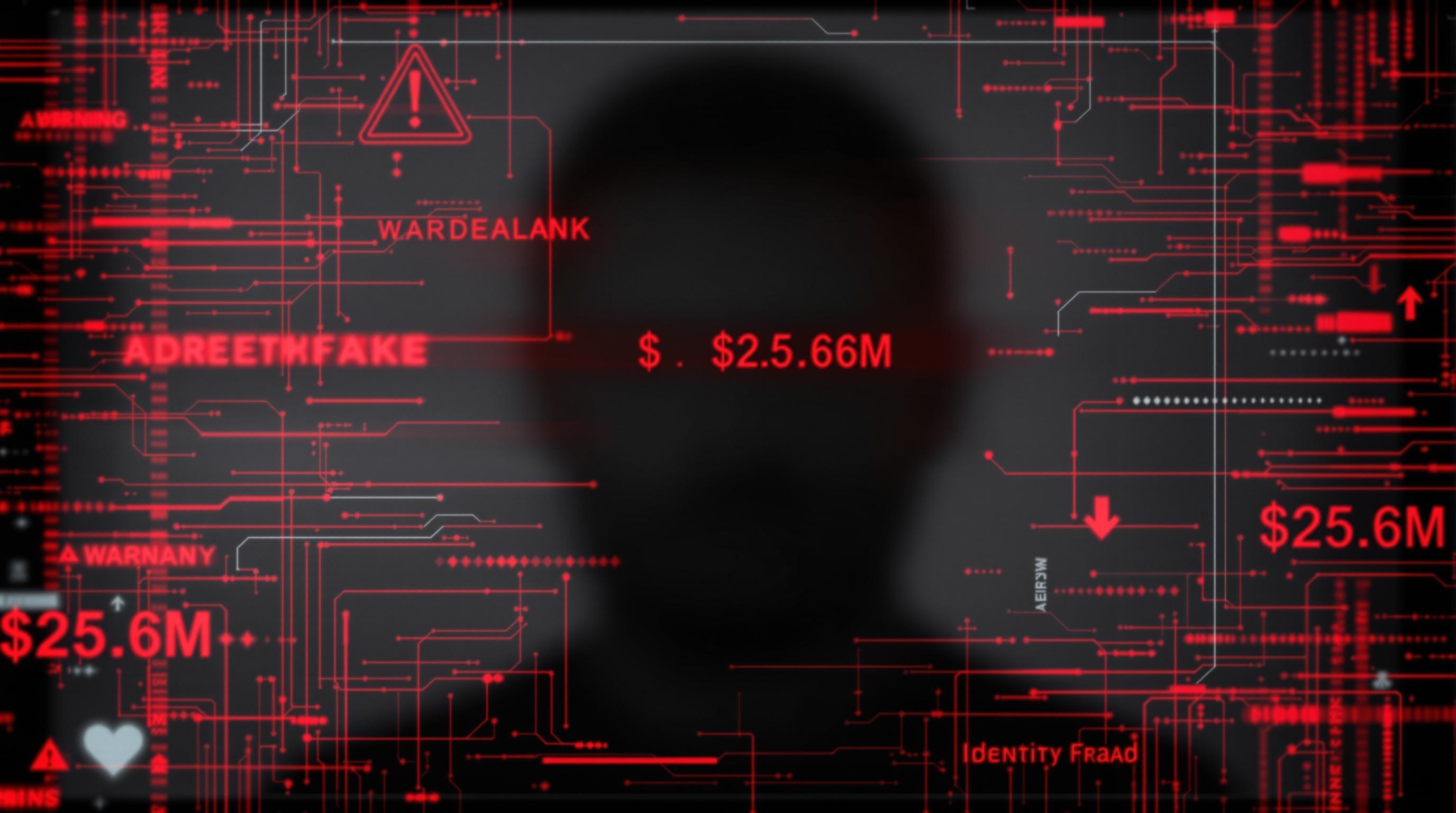
Deepfake CFO Scam: AI-Driven Identity Fraud Steals $25.6 Million
Imagine receiving a video call from your CFO, looking and sounding exactly like they always do, instructing you to urgently transfer millions to a new account. This isn't a scene from a sci-fi thriller; it's a reality that cost one company a staggering $25.6 million in a recent deepfake scam.
The Anatomy of an AI Heist
In this sophisticated attack, fraudsters didn't just rely on static deepfake videos or pre-recorded audio. They leveraged AI-generated video and audio in live calls to impersonate the company's CFO. This level of realism created a sense of urgency and authenticity that bypassed typical fraud detection measures. The employees, believing they were interacting with a trusted executive, followed the instructions to transfer funds, resulting in a massive financial loss. This incident underscores a chilling reality: AI has evolved to a point where it can convincingly mimic human identity in real-time, making it incredibly difficult to discern what's real from what's fabricated. You can stay informed about these types of events by reading the AI News.
Beyond Traditional Security: The Deepfake Era
This deepfake CFO scam serves as a stark warning that traditional security measures are woefully inadequate against the rising tide of AI-driven fraud. Firewalls, password protocols, and even multi-factor authentication are powerless when an employee is convinced they are interacting with a legitimate authority figure. The human element, often considered the weakest link in cybersecurity, is now being directly exploited by increasingly sophisticated AI technology. The old rules of security simply don't apply in the face of these new, AI-powered threats.
Machine vs. Machine: The Future of Cyber Defense
To combat AI-driven fraud, companies must adopt a machine-vs-machine cyber defense strategy. This involves deploying AI-powered systems that can analyze video and audio in real-time to detect deepfake indicators, such as subtle inconsistencies in facial movements, speech patterns, or background noise. These systems can act as a crucial line of defense, alerting employees to potential fraud attempts before irreversible damage is done. Think of it as fighting fire with fire, leveraging the same AI technology used by fraudsters to protect against their attacks. Tools such as DeepSeek could play an important role in defending against these attacks.
Rethinking Identity Verification and AI Fraud Detection
Beyond technological solutions, organizations must rethink identity verification protocols and invest heavily in AI fraud detection. This includes implementing more rigorous verification processes for high-value transactions, such as requiring multiple levels of approval or using biometric authentication methods. Furthermore, companies should educate employees about the risks of deepfake scams and train them to identify potential red flags. This should include things like unexpected requests, unusual urgency, or inconsistencies in communication style. This multifaceted approach, combining technology, process, and education, is essential for mitigating the growing threat of AI-driven identity fraud. There are many AI tools out there, and websites such as ours at Best AI Tools are here to help you navigate this new world. In fact, you can review our Top 100 AI tools to ensure you are not missing out.
The rise of deepfake scams marks a turning point in the battle against fraud. The $25.6 million heist serves as a wake-up call for companies to reassess their security posture and embrace AI-powered defense mechanisms. The future of cybersecurity is not just about protecting data; it's about protecting identity itself, and that requires a new level of vigilance and innovation.Ja.
The AI Talent War: Microsoft and Meta Offer Up to $250 Million for Elite Engineers
Imagine a battlefield, not of bullets and bombs, but of stock options and signing bonuses – that's the reality of the AI talent war in 2025.
The $250 Million Prize
Microsoft and Meta are leading the charge, reportedly dangling compensation packages worth a staggering $100 million to $250 million to lure the crème de la crème of AI engineers. These aren't just salaries; they're comprehensive deals loaded with stock options, performance bonuses, and other perks designed to secure long-term commitments. It's like offering a king's ransom to those who hold the keys to the AI kingdom. You might even see this reflected in the latest AI News if you follow it closely!
The Battle for Generative AI Supremacy
What's fueling this unprecedented spending? The desire to dominate the burgeoning field of generative AI. Companies are locked in a high-stakes race to develop AI models that can generate text, images, code, and more. Just look at the buzz around Sora, OpenAI's text-to-video model, and the advancements in image generation from tools like Midjourney, a powerful AI image generator known for its artistic and photorealistic results. The company that attracts the best AI minds will have a significant advantage in shaping the future of this transformative technology.
Strategies of Acquisition and Retention
To win this war, tech giants are deploying sophisticated strategies. They're assembling dedicated recruiting teams that specialize in identifying and courting top AI talent. These teams use advanced search techniques and personalized outreach to target individuals with specific skill sets and experience. Moreover, companies are implementing aggressive retention strategies to keep their existing AI experts from jumping ship. This includes offering competitive salaries, opportunities for professional growth, and access to cutting-edge resources.
A $4 Trillion Stakes
This fierce competition is underpinned by the massive financial potential of AI. Market valuations for AI-driven companies are soaring, with some analysts predicting a $4 trillion market in the near future. This astronomical figure reflects the widespread belief that AI will revolutionize virtually every industry, from healthcare and finance to transportation and entertainment. Companies are willing to invest heavily in AI talent because they see it as the key to unlocking this vast economic opportunity. Or perhaps, you may need an AI powered SEO.
The Strategic Value of Expertise
Ultimately, the AI talent war highlights the strategic importance of AI expertise. In today's rapidly evolving technological landscape, companies recognize that having access to top AI talent is no longer a luxury but a necessity. It's the difference between leading the pack and falling behind. As AI continues to reshape our world, the demand for skilled AI engineers and researchers will only intensify, ensuring that the talent war rages on. With the rise of AI, could we see some of this in the AI glossary?
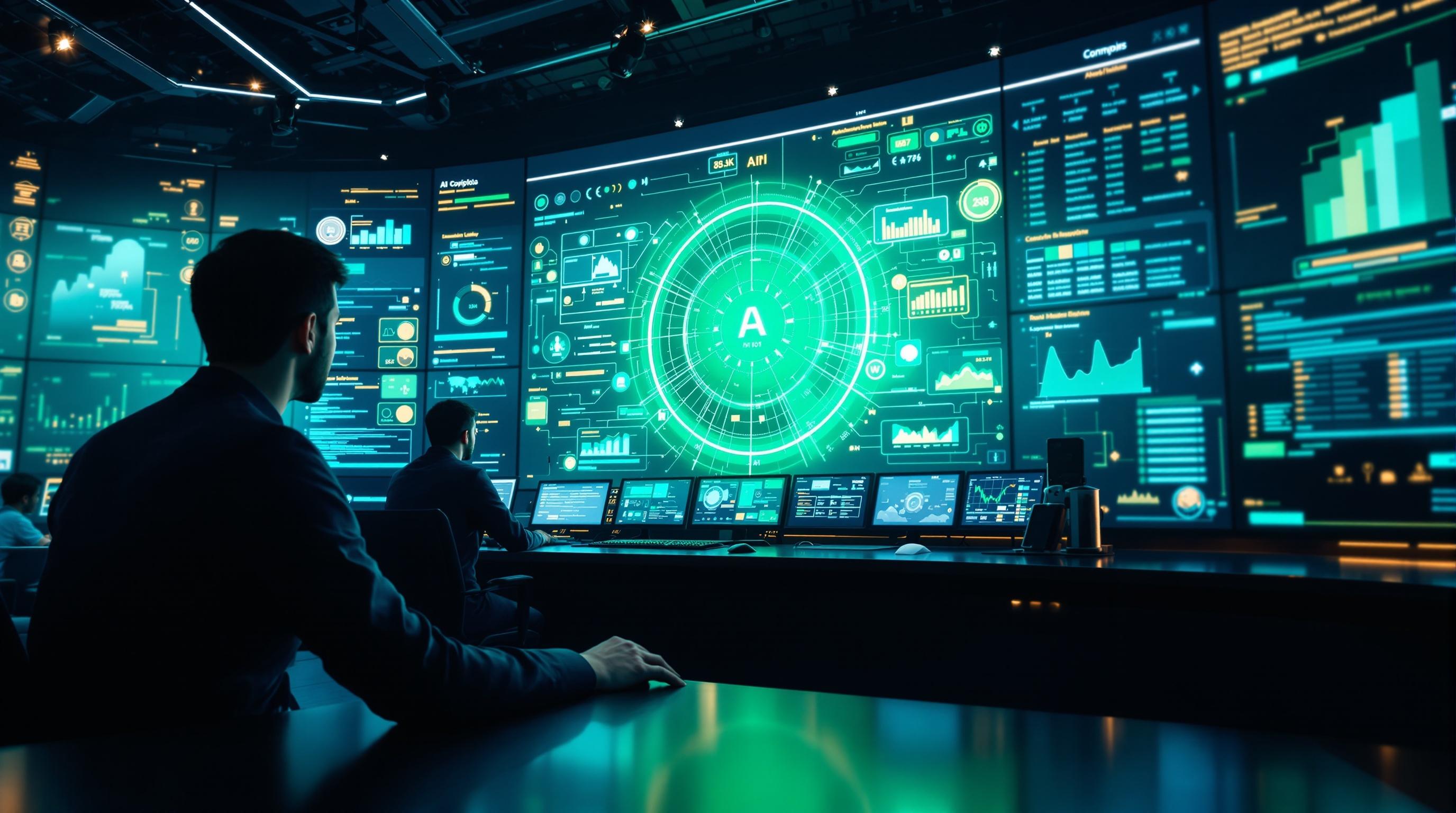
AI Becomes Critical Infrastructure and a New Source of Risk
The year is 2025, and AI has moved from being a futuristic concept to the invisible backbone of modern life, quietly managing everything from energy grids to healthcare systems. But with this integration comes a new set of challenges and vulnerabilities that demand our immediate attention.
AI as the New Concrete
AI has become as essential as concrete was in the 20th century – a foundational element upon which countless industries are built. Consider the sheer scale of its integration:
Healthcare: AI algorithms are now routinely used in diagnostics, drug discovery, and personalized treatment plans, optimizing patient outcomes and streamlining workflows.
Energy: Smart grids powered by AI optimize energy distribution, predict demand, and prevent outages, ensuring a stable and efficient power supply for homes and businesses alike.
Finance: AI-driven fraud detection systems protect trillions of dollars in transactions daily, while algorithmic trading platforms manage vast investment portfolios with unparalleled speed and precision. You might even see tools like Salesforce Platform, which now integrates AI to better serve its customers.
Transportation: Self-driving vehicles and AI-powered logistics networks are revolutionizing how goods and people move, promising safer roads and more efficient supply chains. Tools like Waymo (not in the sitemap), are driving that revolution.
This pervasive integration means that any disruption or compromise of AI systems can have cascading effects across society, leading to widespread chaos and economic damage. The stakes have never been higher.
The Double-Edged Sword of AI
The convergence of several key trends in AI reveals both its immense potential and its inherent vulnerabilities. Imagine a world where:
Open-source AI is readily accessible, empowering developers and researchers to innovate at an unprecedented pace, but also providing malicious actors with the tools to create sophisticated cyberattacks.
Deepfake technology has become so advanced that it's virtually impossible to distinguish between real and fake content, eroding trust in media and potentially destabilizing political systems. Tools like Runway, an AI-powered video editing suite, can be used for both creative and malicious purposes.
A fierce talent war for AI specialists drives up costs and creates a skills gap, leaving many organizations struggling to secure and maintain their AI infrastructure. The AI News section covers these trends closely.
This volatile mix creates a perfect storm of opportunity and risk, where the same technologies that promise to solve some of humanity's greatest challenges can also be weaponized to cause unprecedented harm.
The Imperative of Governance, Transparency, and Trust
To navigate this complex landscape, we must prioritize governance, transparency, and trust in AI systems. This requires:
Robust regulatory frameworks that establish clear guidelines for the development and deployment of AI, ensuring accountability and preventing misuse.
Explainable AI (XAI) techniques that allow us to understand how AI algorithms make decisions, fostering transparency and building trust among users.
Advanced cybersecurity measures to protect AI systems from cyberattacks, including intrusion detection systems, data encryption, and anomaly detection algorithms. You might even use a tool like GptZero to check the origin of a text.
Ethical AI guidelines that promote fairness, privacy, and human oversight, ensuring that AI is used for the benefit of all members of society.
Without these safeguards, we risk creating a world where AI becomes a tool of oppression and control, rather than a force for good.
AI: Not Always Benevolent
It's crucial to recognize that AI is not inherently benevolent. Like any technology, it can be used for good or evil, depending on the intentions of its creators and users. AI models like ChatGPT are powerful, but can be tricked into generating harmful content if not properly secured.
We must be vigilant in monitoring and mitigating the potential risks associated with AI, including:
Bias and discrimination: AI algorithms can perpetuate and amplify existing biases in data, leading to unfair or discriminatory outcomes for certain groups.
Privacy violations: AI-powered surveillance systems can collect and analyze vast amounts of personal data, potentially violating individual privacy rights.
Job displacement: Automation driven by AI can lead to job losses in certain industries, requiring workers to acquire new skills and adapt to changing labor markets.
Beyond Strategic Experiment
AI is no longer a mere strategic experiment; it's an integral part of our lives. As AI systems become increasingly complex and autonomous, it's essential to adopt a proactive and holistic approach to risk management, ensuring that AI remains a force for progress and prosperity. This includes continuous monitoring, ethical reviews, and a commitment to ongoing education about the evolving landscape of AI Fundamentals.

🎧 Listen to the Podcast
Hear us discuss this topic in more detail on our latest podcast episode: https://creators.spotify.com/pod/profile/bestaitools/episodes/International-AI-Press-Digest-August-18--2025-AIs-New-Battlefield-From-Deepfake-Attacks-to-Security-Operations-e36vvta
Keywords: AI, Artificial Intelligence, Deepfakes, AI Cybersecurity, Open Source AI Models, AI Talent War, AI in Recruitment, AI Fraud Detection, AI Governance, AI Copilots, AI Security Operations Centers (SOCs), AI and Data Privacy, AI in Science, AI Job Market, Adversarial AI
Hashtags: #AI #ArtificialIntelligence #Deepfakes #Cybersecurity #OpenSourceAI
For more AI insights and tool reviews, visit our website https://best-ai-tools.org, and follow us on our social media channels!
Website: https://best-ai-tools.org
X (Twitter): https://x.com/bitautor36935
Instagram: https://www.instagram.com/bestaitoolsorg
Telegram: https://t.me/BestAIToolsCommunity
Medium: https://medium.com/@bitautor.de
Spotify: https://creators.spotify.com/pod/profile/bestaitools
Facebook: https://www.facebook.com/profile.php?id=61577063078524
YouTube: https://www.youtube.com/@BitAutor
Recommended AI tools
Aura
Search & Discovery
Intelligent Digital Safety for the Whole Family
hCaptcha
Productivity & Collaboration
Stop bots and human abuse.
Huntr
Productivity & Collaboration
The ultimate job application tracker
Netify
Data Analytics
Full transparency into your network with AI-powered intelligence and analytics
Protectstar
Productivity & Collaboration
Shaping Security
Mobicip
Conversational AI
Safe Internet for Every Device
